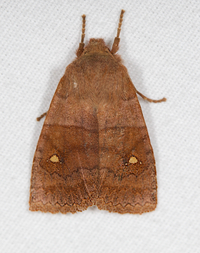
| Recorded by: Jim Petranka on 2025-12-24
Madison Co.
Comment: | 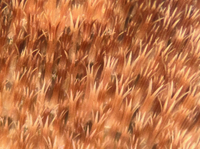
| Recorded by: Jim Petranka on 2025-12-24
Madison Co.
Comment: Specimen was dissected (male); scales not curled and relatively short. |

| Recorded by: Jim Petranka on 2025-02-25
Madison Co.
Comment: | 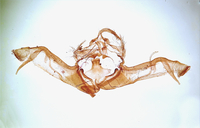
| Recorded by: Jim Petranka on 2025-02-25
Madison Co.
Comment: |
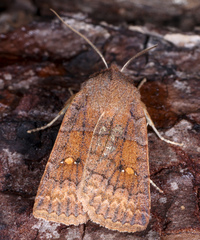
| Recorded by: John Petranka on 2025-02-03
Orange Co.
Comment: | 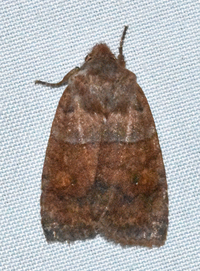
| Recorded by: Emily Stanley on 2024-04-02
Buncombe Co.
Comment: |
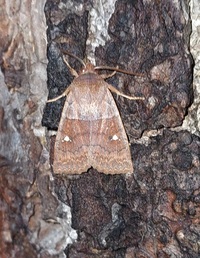
| Recorded by: Mark Basinger on 2024-01-24
Wilson Co.
Comment: | 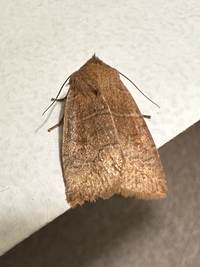
| Recorded by: Dawn-Michelle Oliver on 2024-01-10
Caswell Co.
Comment: |
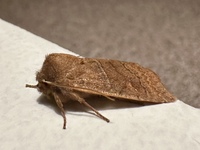
| Recorded by: Dawn-Michelle Oliver on 2024-01-10
Caswell Co.
Comment: | 
| Recorded by: Dawn-Michelle Oliver on 2024-01-10
Caswell Co.
Comment: |
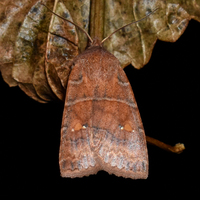
| Recorded by: David George, Jeff Niznik on 2023-11-08
Orange Co.
Comment: | 
| Recorded by: John Petranka on 2023-02-23
Orange Co.
Comment: |

| Recorded by: Dean Furbish and Joy Wiggins on 2021-12-02
Wake Co.
Comment: | 
| Recorded by: Dean Furbish and Joy Wiggins on 2021-12-02
Wake Co.
Comment: |
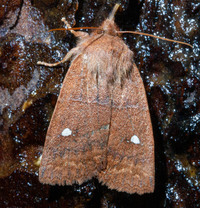
| Recorded by: Stephen Hall on 2021-03-04
Orange Co.
Comment: | 
| Recorded by: Mark Shields on 2020-02-25
Onslow Co.
Comment: |
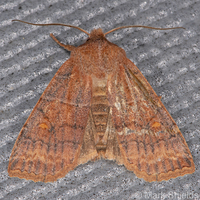
| Recorded by: Mark Shields on 2020-01-23
Onslow Co.
Comment: | 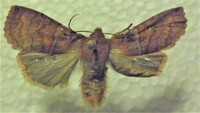
| Recorded by: Darryl Willis on 2015-11-30
Cabarrus Co.
Comment: |
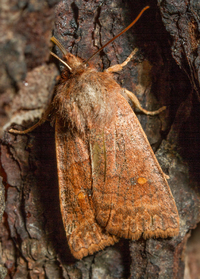
| Recorded by: Steve Hall on 2015-03-03
Orange Co.
Comment: | 
| Recorded by: Steve Hall on 2015-02-09
Orange Co.
Comment: |

| Recorded by: Steve Hall on 2015-01-21
Orange Co.
Comment: | 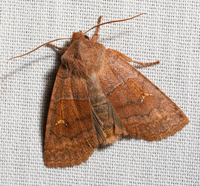
| Recorded by: Steve Hall on 2015-01-04
Orange Co.
Comment: |
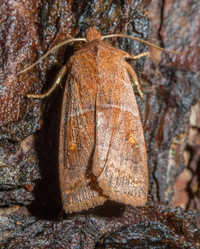
| Recorded by: Steve Hall on 2014-12-29
Orange Co.
Comment: | 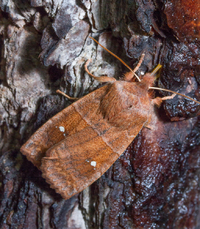
| Recorded by: Steve Hall on 2014-12-28
Orange Co.
Comment: |

| Recorded by: Paul Scharf on 2013-03-11
Warren Co.
Comment: Fell off Wine Rope onto Leaves | 
| Recorded by: Paul Scharf on 2011-10-27
Warren Co.
Comment: |
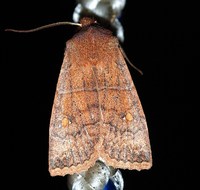
| Recorded by: Paul Scharf on 2011-02-01
Warren Co.
Comment: | 
| Recorded by: SPH, SH, CH on 2000-02-24
Moore Co.
Comment: kept |
|

 »
»
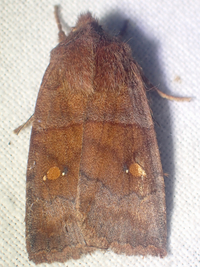

 »
»
